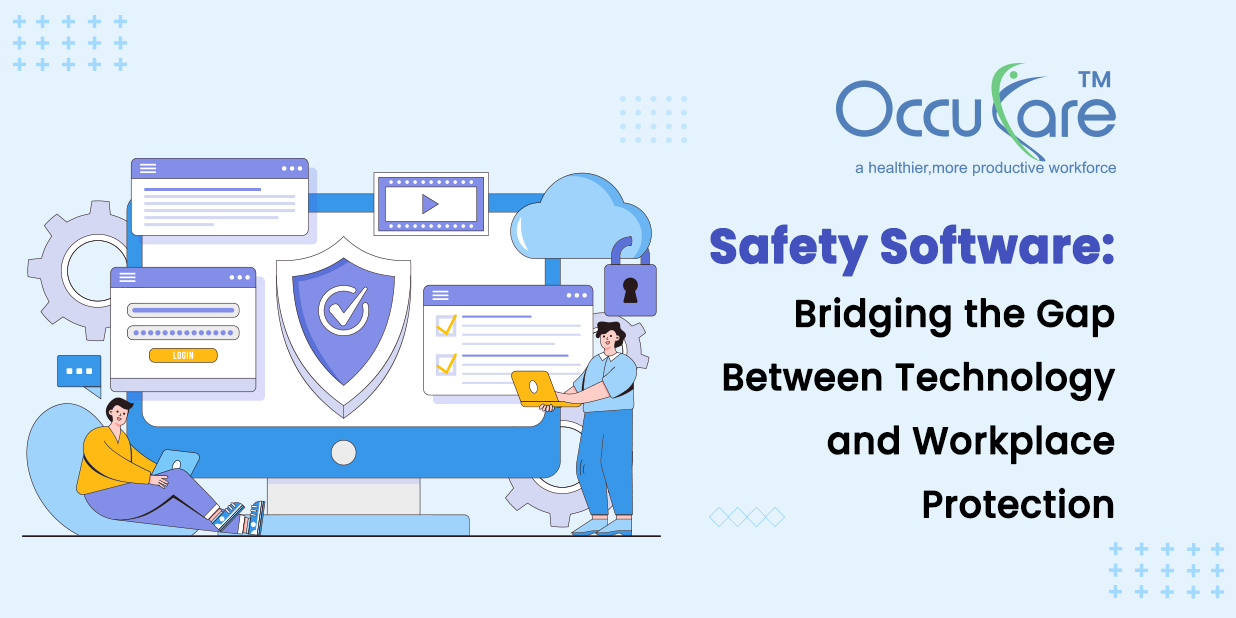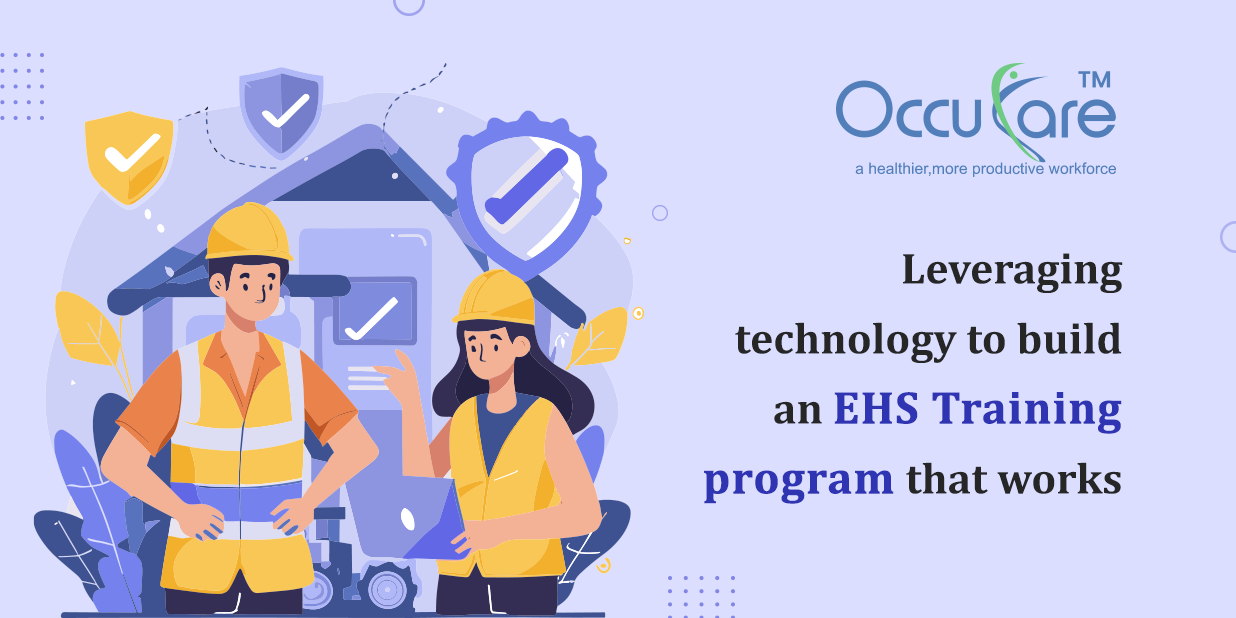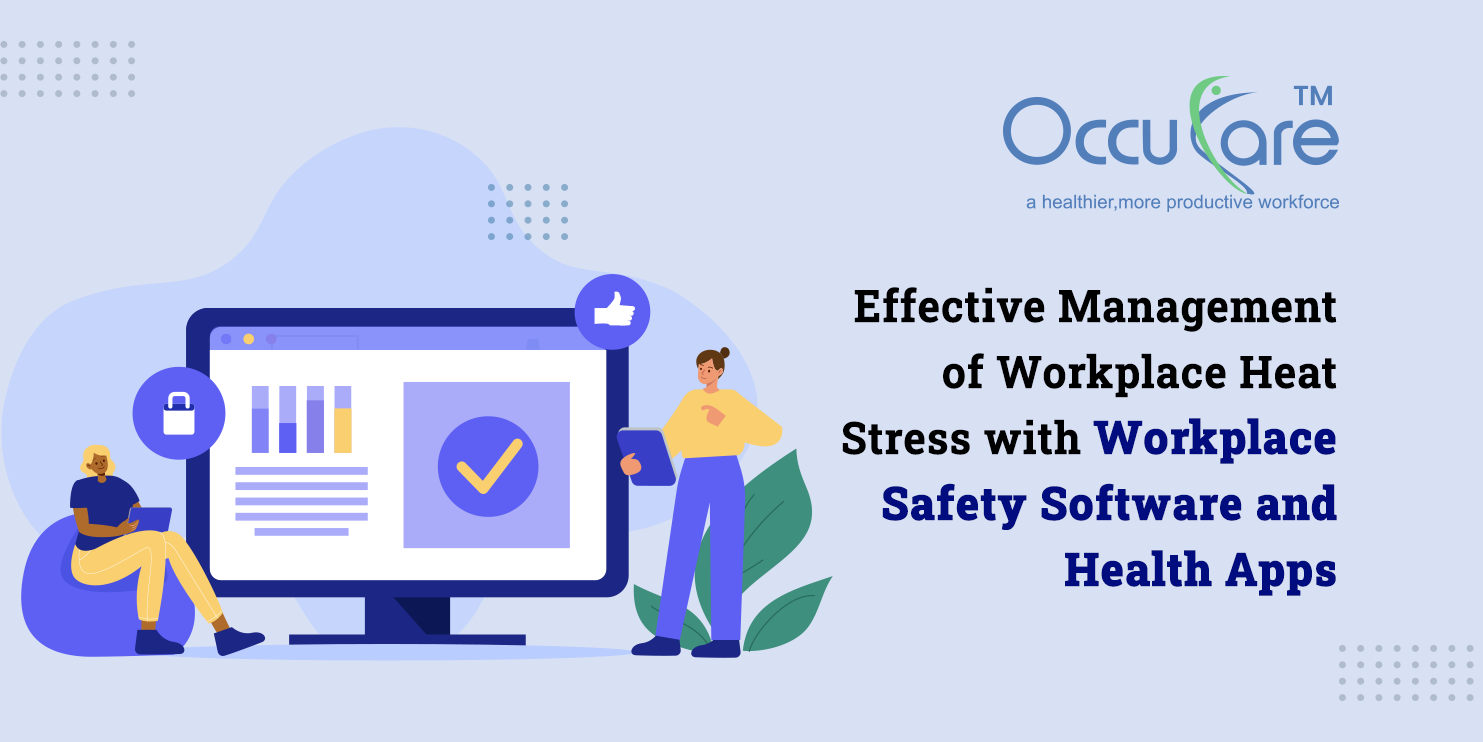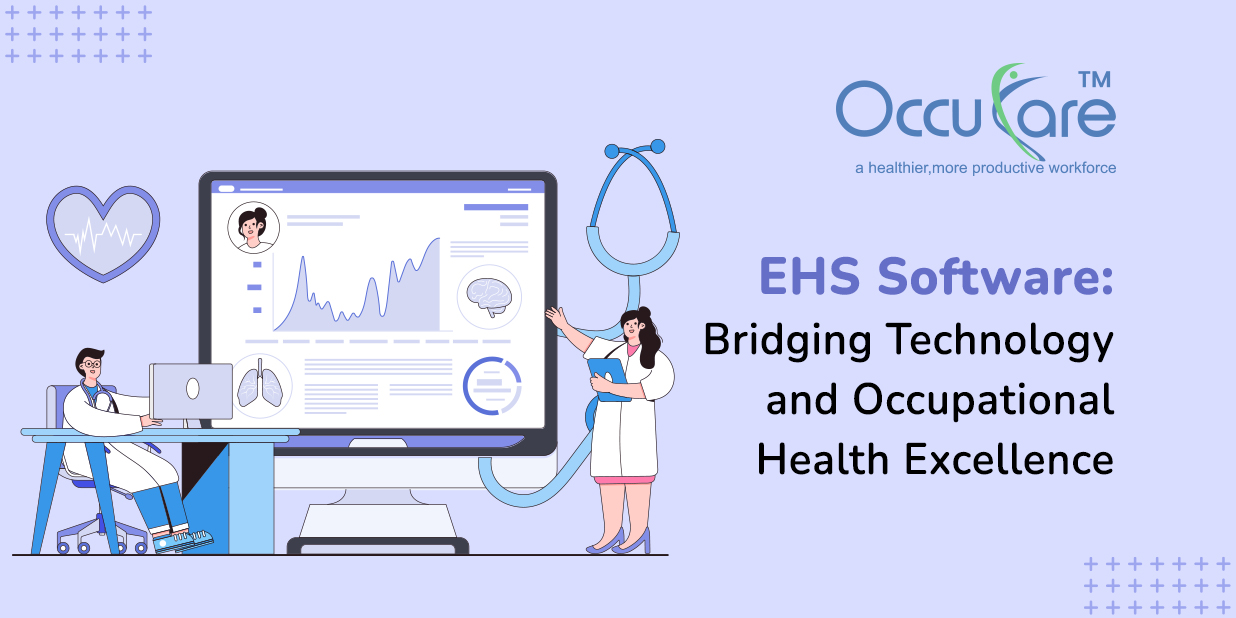In today’s dynamic and fast-paced work environments, safety is not only a concern but also a top priority for companies of all kinds and sectors. The equipment required to guarantee worker safety and maintain compliance with constantly shifting requirements changes along with workspaces. Safety software is one of the most effective instruments for improving safety and is essential for reducing risks and fostering a safety culture. Businesses can improve the efficiency, responsiveness, and dependability of their safety procedures by utilizing Safety Management Software.
Rise of Safety Software in Modern Workplaces:
Historically, workplace safety has been handled manually, with spreadsheets, phone calls, and paper records being the standard. Although these approaches have been useful in the past, they have drawbacks. Human mistakes are frequent, data can be lost easily, and it might be difficult to ensure that complicated safety requirements are followed.
Routine duties are automated by safety management system, which also centrally saves and makes available a great amount of safety-related data. This lowers human error while increasing operational efficiency. Additionally, companies can easily maintain regulatory compliance, identify possible hazards before they become issues, and monitor safety indicators in real time with the help of OccuCare software.
Features of Safety Software that Improve Workplace Protection:
The capability of Safety System to monitor and control risk assessments is one of its most notable characteristics. With real-time hazard identification tools, employees can report unsafe conditions instantly, allowing for quicker resolution before accidents occur.
Additionally, training and certification management tools are included in the Safety Management System Software. Employers can assign training programs, monitor progress, and even set up automated reminders for certification renewals with its integrated learning management system (LMS). Because of this proactive strategy, workplace protection is more successful because staff are always ready for any situation.
Employers can find the root causes of incidents and take action before they become more serious issues by looking at trends in incidents. By lowering the possibility of reoccurring mishaps, this data-driven strategy eventually improves worker safety.
Enhancing Compliance with Safety Management Software:
Depending on the area, sector, and size of the company, multiple regulations may apply, making the regulatory environment around workplace safety complicated. For larger firms or those with several locations, compliance can be particularly daunting.
The program will automatically create the required reports, keep track of compliance deadlines, and send out alerts if any business operations violate the law. This reduces the possibility of fines and penalties while guaranteeing that safety procedures are regularly revised in compliance with the most recent laws. No matter how big or complicated the business, companies may maintain a high level of protection across all departments and locations by using a centralized system for maintaining safety compliance.
Furthermore, templates for typical safety documentation are frequently included in software, which makes it simpler to prepare incident reports, inspection checklists, and training records that adhere to industry standards. This guarantees that all required documentation is readily available in the event of an audit and lessens the administrative load on safety managers.
Real-Time Data and Predictive Analytics for Safer Workplaces:
Conventional safety management systems base their decisions on past data. Although helpful, this lacks the level of understanding required to stop accidents before they happen. Contrarily, safety management system software has sophisticated analytics capabilities that enable companies to recognize possible safety hazards and take appropriate action before they cause harm or property damage.
OccuCare software helps businesses take preventive action by examining patterns and trends in the workplace, such as typical incident kinds, regions with higher accident rates, or times of day when accidents happen more frequently. For instance, the program can automatically flag a machine for maintenance or notify supervisors if it finds that a specific machine is frequently linked to accidents. Furthermore, managers can use predictive analytics to identify high-risk employees based on their training records or prior occurrences, enabling them to offer extra assistance or training as required.
In terms of workplace safety, this capacity to anticipate and resolve safety concerns before they become more serious is revolutionary. It significantly lowers the likelihood of workplace accidents by shifting safety management from a reactive approach, in which events are handled only after they occur, to a proactive model, in which possible hazards are treated immediately.
Role of Artificial Intelligence and Machine Learning in Safety Software:
The potential of safety software is growing along with technology. Integrating machine learning (ML) and artificial intelligence (AI) into safety management systems is crucial for workplace safety in the future. Large datasets from many sources, including incident reports, employee health data, and environmental sensors, can be analyzed using machine learning algorithms, for instance, to find hidden patterns and connections that might otherwise be overlooked.
Employees might also ask questions about safety procedures, request hazard reports, or get real-time safety updates by integrating AI-powered chatbots and virtual assistants with safety software. Even in emergency situations, these tools can increase accessibility and provide safety supplies whenever needed.
Conclusion:
To sum up, safety software is essential for bridging the gap between workplace safety and technology. Businesses are better able to control risks, guarantee compliance, and improve worker safety when they use the best safety management system. With the help of these tools, businesses can abandon manual safety management methods and adopt a more proactive, data-driven strategy for worker safety.
Businesses will be able to recognize dangers before they become issues thanks to the integration of AI, machine learning, and predictive analytics, which will further improve safety procedures. Businesses may create a culture of safety that benefits their workers and increases productivity, compliance, and long-term success by putting the appropriate resources in place.




